We’ve all been there—tossing just about everything into the fridge, hoping it stays fresh for longer. It’s easy to think that the cold will magically preserve our food, but not everything thrives in that chilly environment. These 10 foods that should not be refrigerated lose their great taste, while others can spoil even faster.
It’s a habit that most of us don’t think twice about, but a few simple changes in how you store things can make all the difference. Keeping certain foods out of the cold can actually preserve their natural state, giving you the freshness and quality you’re looking for without any of the downsides.
The key is understanding which items should steer clear of the fridge and why. You don’t need a fancy storage system, just a few tweaks in your routine. Ready to change up your storage game? It’s simpler than you think! Let’s dive into what shouldn’t be getting that cold shoulder from your fridge.

Onions

Onions should never be stored in the fridge as they can become soft, mushy, and prone to mold due to moisture. The cold temperature breaks down their texture, making them less desirable for cooking. Instead, onions should be stored in a cool, dry, and well-ventilated area, away from potatoes, which can cause them to spoil faster. A pantry or basket works well. Keeping them in a breathable container maintains their crisp texture, guaranteeing they stay fresh and ready to use in various dishes.
Garlic
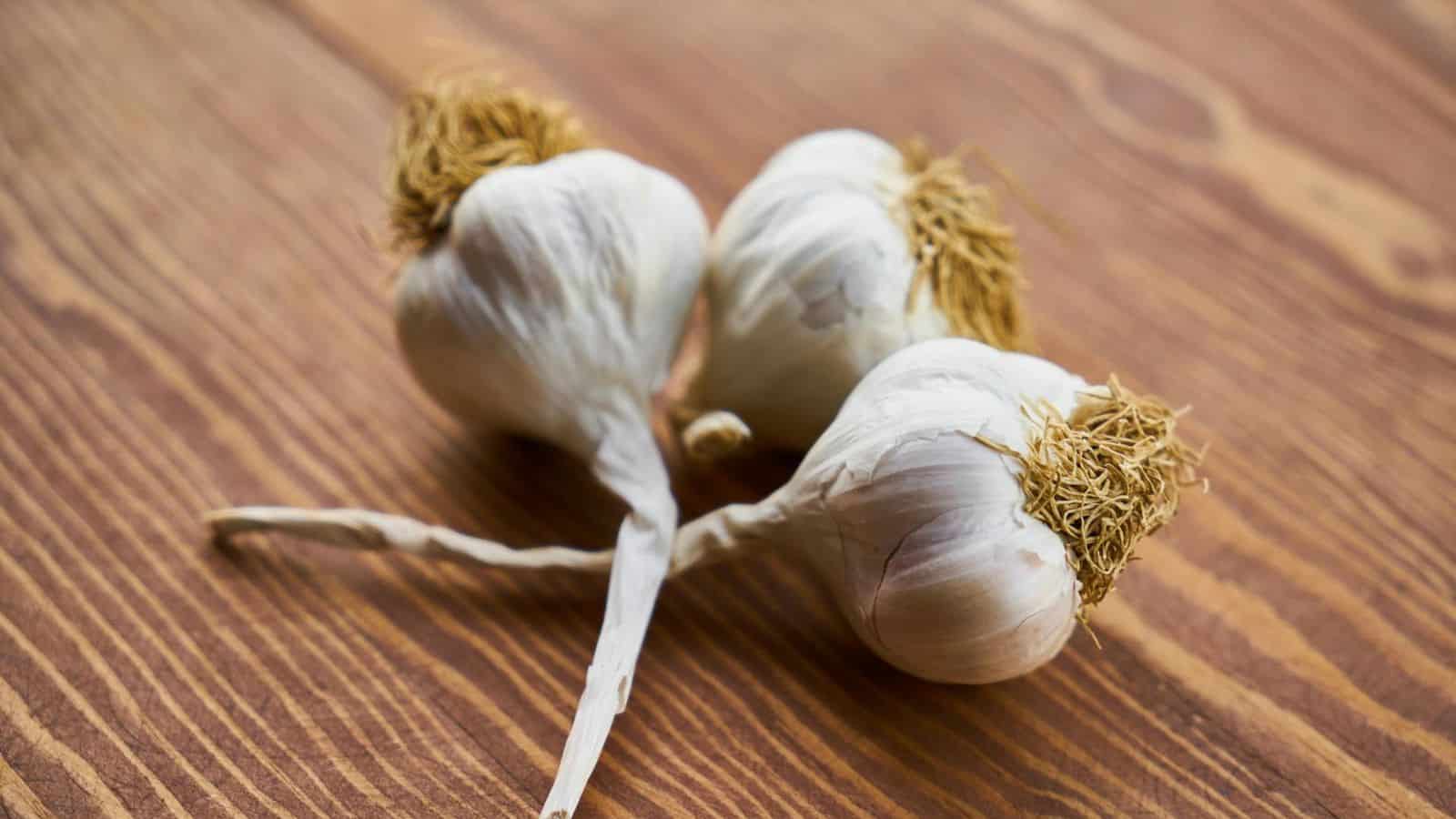
Garlic’s texture and flavor degrade quickly when stored in the refrigerator, often leading to sprouting and a rubbery consistency. The cold and moist environment also encourages mold growth. Garlic is best kept in a cool, dry place with good air circulation, like a pantry or kitchen counter. Keeping it in a breathable container, such as a mesh bag or a small basket, helps maintain its freshness. Proper storage preserves its pungency, making it perfect for enhancing flavors in many recipes.
Avocados
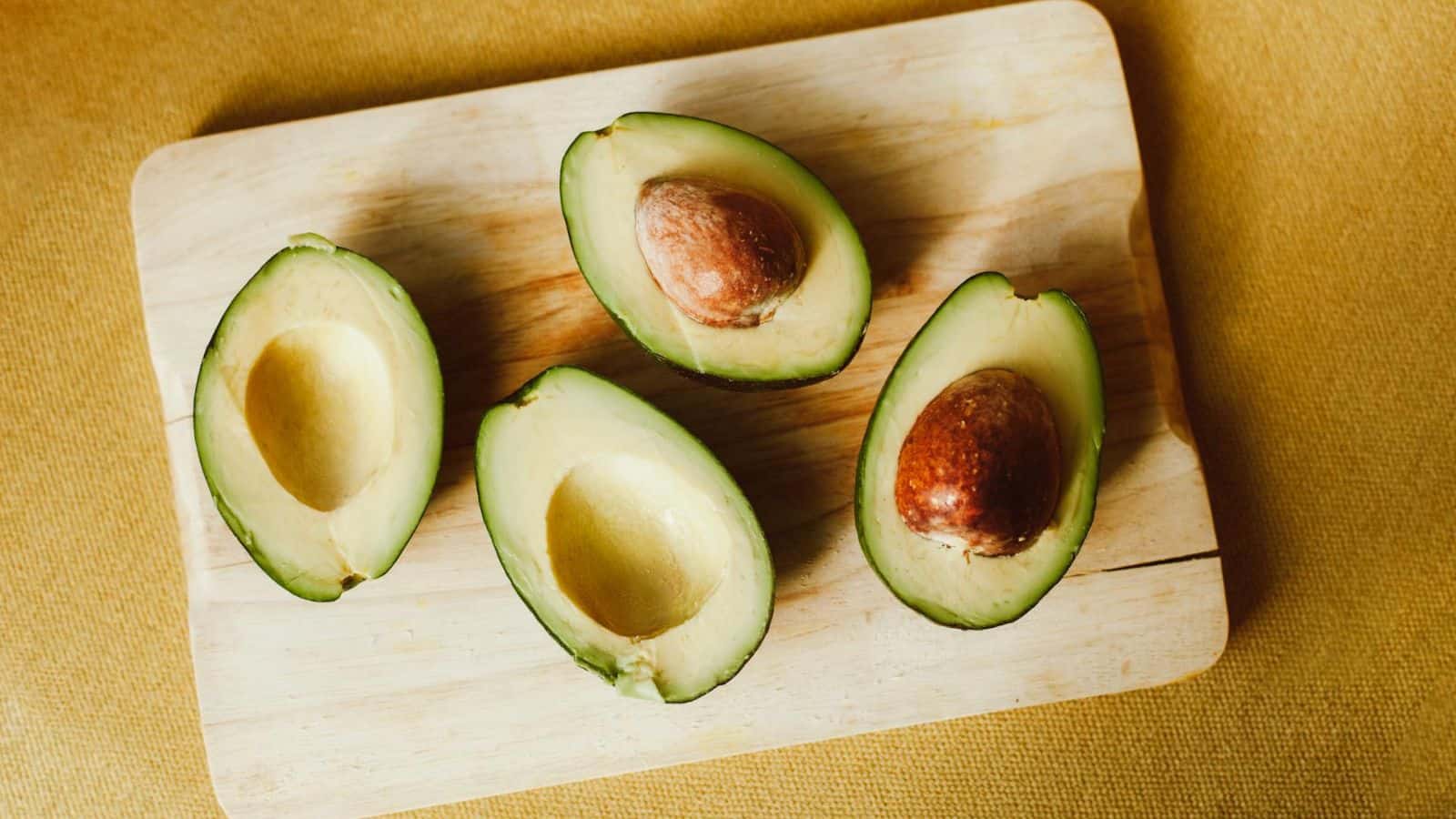
Refrigeration slows down the ripening process of avocados, leaving them hard and less flavorful. They’re best left on the counter to ripen naturally, where their texture becomes creamy and their taste develops fully. Once ripe, they can be stored in the fridge to keep them fresh for a couple of days longer. If the avocado is cut, sprinkle it with lemon juice, wrap it tightly, and refrigerate to slow down browning. For optimal flavor, consume them at peak ripeness rather than prolonging their shelf life with cold storage.
Tomatoes

Tomatoes lose their vibrant flavor and become mushy when stored in the fridge. The cold environment breaks down their natural texture, making them less enjoyable in dishes. Refrigeration also slows down the ripening process, leading to a dull taste. Storing tomatoes at room temperature, away from direct sunlight, allows them to maintain their best flavor and texture. Place them stem-side down on the counter to keep them fresh longer. Letting them ripen naturally enhances their taste, perfect for salads, sauces, or eating fresh.
Get the Recipe: Tomatoes
Basil
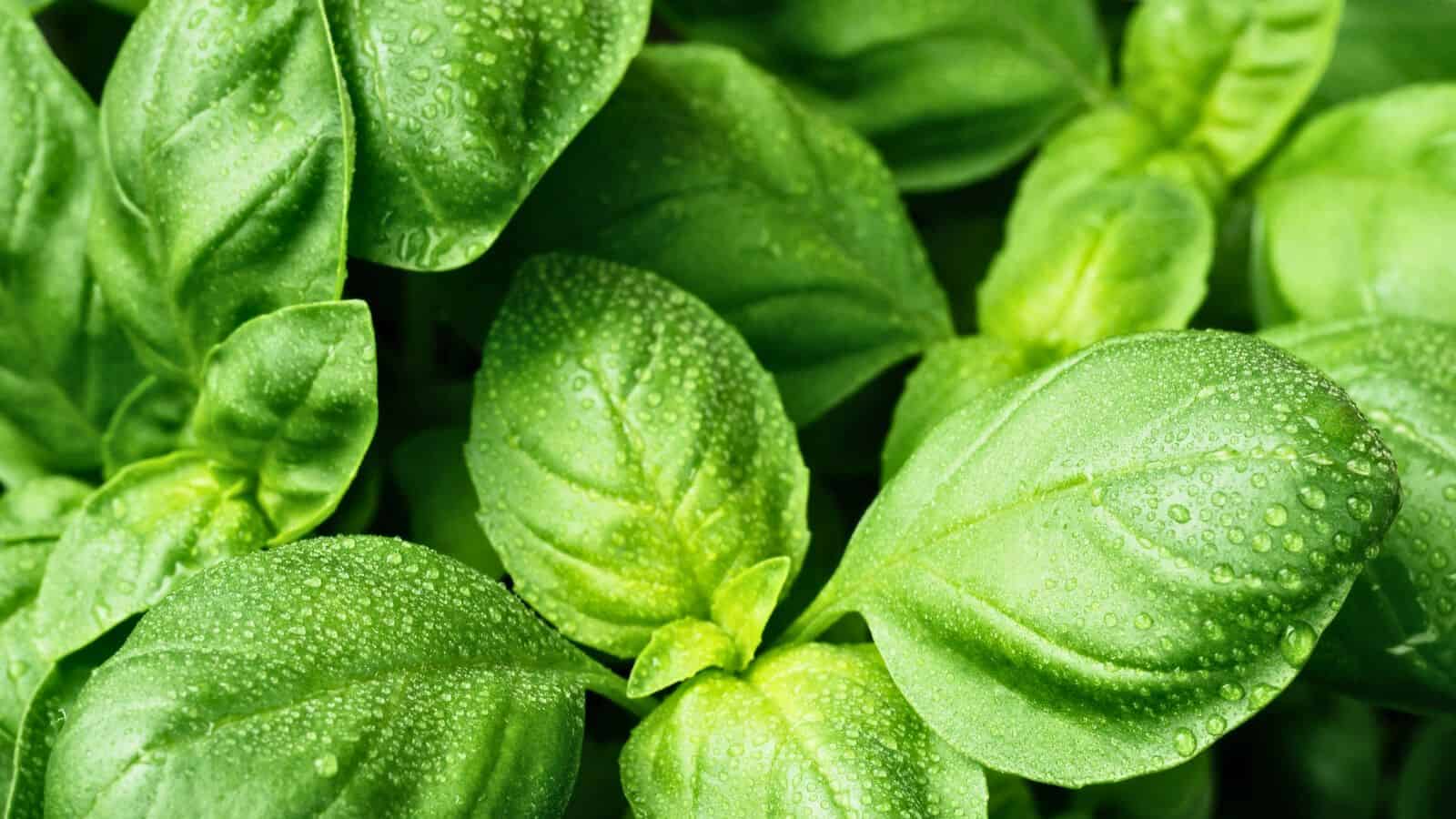
The delicate leaves of basil wilt quickly and turn black when stored in the cold environment of a refrigerator. The moisture and lack of air circulation cause them to spoil rapidly, diminishing their fresh, aromatic quality. Basil does best at room temperature, ideally in a glass of water like a bouquet of flowers, which keeps it hydrated and vibrant. Covering it loosely with a plastic bag can help retain moisture while protecting it from drying out. This method prolongs its life, making it more useful for cooking.
Potatoes

Potatoes change texture and flavor when refrigerated due to the cold temperatures turning their starch into sugar more rapidly. This can make them gritty and overly sweet, affecting their cooking qualities. Instead, keep them in a cool, dark place like a pantry or cupboard. Avoid placing them near onions, as this can cause both to spoil faster. Properly stored, potatoes retain their firm texture, making them great for roasting, mashing, or frying. A paper or mesh bag is the best storage solution.
Bananas
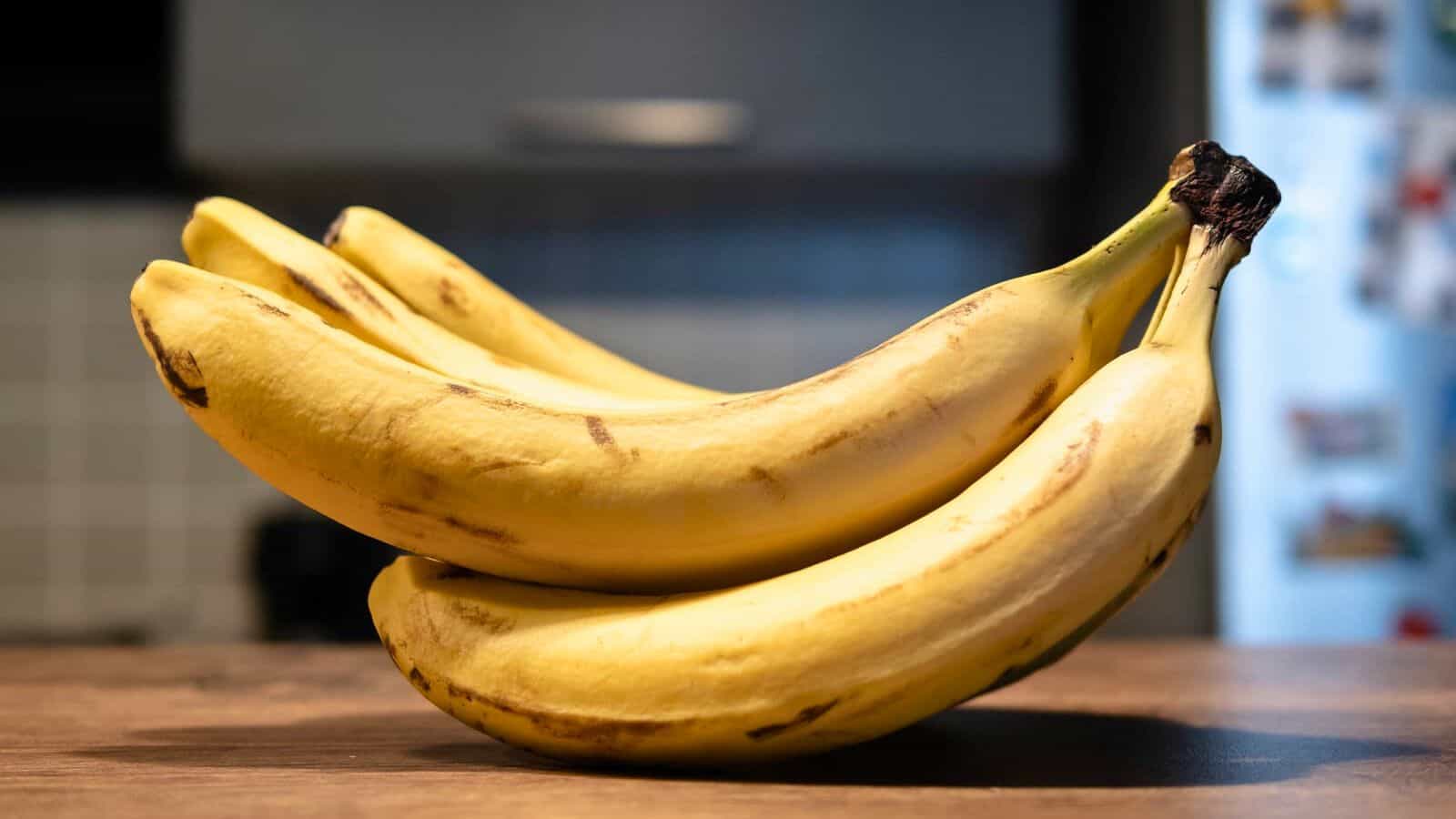
Chilling bananas disrupts the ripening process, causing the peel to darken and the fruit to lose its optimal texture. The cold environment makes the starches inside the fruit convert to sugar more slowly, affecting its natural sweetness. They’re best left at room temperature, where they can ripen evenly and develop their characteristic flavor. Once fully ripe, they can be placed in the fridge to slow further ripening, though the peel will still darken. For a longer shelf life, consider freezing them for smoothies or baking.
Honey

Storing honey in the fridge causes it to crystallize and harden, making it difficult to use. The cold environment speeds up the crystallization process, turning honey thick and grainy. It’s naturally preserved and doesn’t spoil, making room temperature the ideal setting for maintaining its smooth consistency. Keeping it in a sealed container prevents moisture absorption, which can also affect its texture. Properly stored, honey remains ready to drizzle over foods or mix into drinks without the need for constant heating.
Coffee

Storing coffee beans or grounds in the fridge can cause them to absorb moisture and odors from other foods, compromising their flavor. The changes in temperature and humidity can also lead to a stale taste, making each brew less aromatic and enjoyable. For the best results, keep coffee in an airtight container at room temperature, away from direct light, heat, and moisture. This setup preserves the beans’ oils and aroma, ensuring a fresher and more robust cup every time. Freezing is a better option if long-term storage is needed.
Bread

Bread stored in the fridge tends to dry out quickly, losing its soft, fluffy texture due to the cold air. The starches in bread re-crystallize faster at low temperatures, causing it to go stale much sooner than if kept at room temperature. For short-term storage, keep it in a bread box or a paper bag on the counter. For longer storage, freezing bread is a better option, as it helps maintain its quality. When needed, thaw slices or the whole loaf to keep its original texture.
Keep it Fresh, Not Frozen!
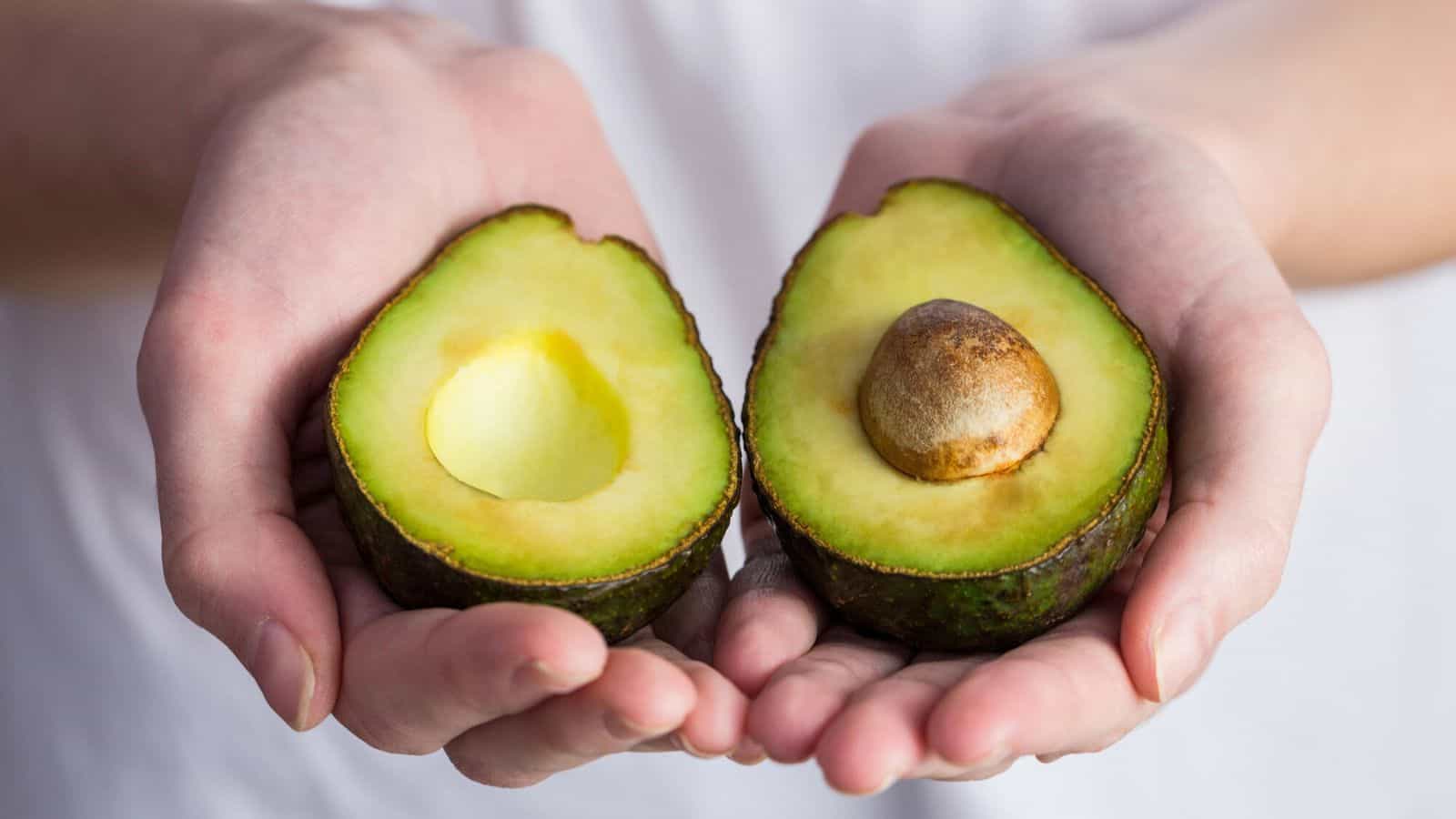
Rethinking how you store your food isn’t just about freeing up fridge space—it’s about keeping your groceries at their best. By knowing what doesn’t belong in the fridge, you’ll avoid the disappointment of flavorless tomatoes, gritty potatoes, or moldy garlic. Simple shifts like storing some items on the counter or in a cool, dark pantry spot can make a big difference.
Changing these small habits can also help reduce food waste and save you money. When foods are stored in their perfect environment, they maintain their texture and flavor the way nature intended. And let’s be real: who doesn’t want their produce to last longer and taste better? It’s a straightforward tweak that doesn’t require much effort but has a big payoff in the kitchen.
So, give your fridge a little audit and start making these easy changes today. Keeping certain foods out of the cold isn’t just smart—it’s a great way to enjoy what you buy the way it’s meant to be.






Tell Me What You Think!